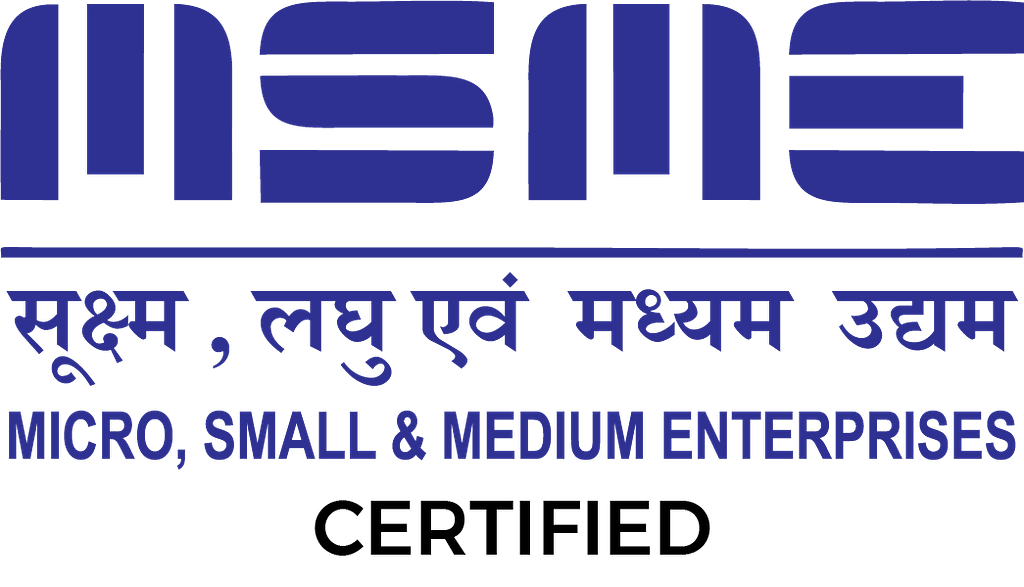Kitchen Magic
Designing Your Culinary Heaven
The kitchen is the heart of every home. It’s where families gather, friends connect, and culinary masterpieces are born. It’s more than just a place to cook, it’s a space that reflects your personality, style, and lifestyle. Let’s delve into the world of kitchen design, exploring the elements that can transform your cooking space into a functional and aesthetically pleasing heaven.
Understanding Your Kitchen's Purpose
Before embarking on a kitchen renovation, it’s crucial to define its purpose. Are you an avid home chef who needs ample prep space and high-end appliances? Or do you prefer a minimalist kitchen for quick meals and entertaining? Identifying your primary use will help you determine the layout, size, and features that best suit your needs.

Layout and Functionality
The kitchen layout significantly impacts its efficiency and usability. Here are some popular options:
- Galley Kitchen: Ideal for smaller spaces, this layout features parallel countertops on opposite walls.
- L-Shaped Kitchen: Versatile and efficient, it offers ample counter and storage space.
- U-Shaped Kitchen: Maximizes storage and workspace, perfect for large families or those who love to cook.
- Island Kitchen: Creates a focal point and additional prep space, ideal for open-concept homes.
- Peninsula Kitchen:Combines elements of an island and a countertop, offering flexibility.
Consider your family’s size, cooking habits, and entertaining style when choosing a layout.





The Triangle of Efficiency
The “work triangle” is a fundamental concept in kitchen design. It connects the three primary work areas: the refrigerator, stove, and sink. An efficient triangle minimizes movement and maximizes productivity. Aim for a total distance of 15 to 22 feet between the points.

Storage Solutions
A well-organized kitchen is a joy to use. Incorporate a variety of storage solutions to accommodate everything from pots and pans to small appliances. Consider.
- Base Cabinets: Offer ample storage for dishes, and pantry items
- Wall Cabinets: Drawer Systems: Provide easy access to utensils, cutlery, and baking sheets.
- Drawer Systems: Provide easy access to utensils, cutlery, and baking sheets.
- Pantry: A dedicated pantry can help keep your kitchen clutter-free.
- Corner Cabinets: Optimize awkward spaces with lazy Susan or pull-out shelves.





Choosing the Right Materials
The materials you select for your countertops, cabinets, and backsplash will significantly impact the look and feel of your kitchen. Here are some popular options:
- Countertops: Granite, quartz, marble, butcher block, and laminate offer various styles and durability levels.
- Cabinets: Wood, laminate, and thermofoil provide different aesthetics and budgets.
- Backsplash: Tile, glass, metal, and natural stone can add a splash of color and personality.



Appliances: Form and Function
Your kitchen appliances should not only look good but also perform efficiently. Consider the following:
- Refrigerator: hoose a size and style that fits your needs and complements the kitchen’s aesthetic.
- Range or Cooktop: Gas or electric? Slide-in or freestanding? Decide based on your cooking preferences. Oven: Single or double? Consider features like convection and self-cleaning.
- Dishwasher: Quietness, capacity, and cleaning performance are essential factors.
- Oven: Single or double?Consider features like convection and self-cleaning
- Microwave:Over-the-range or countertop? Explore options with additional features like convection cooking.






Lighting: Creating Ambiance
Proper lighting is essential for both functionality and atmosphere. Incorporate a combination of ambient, task, and accent lighting:
- Ambient Lighting: Provides overall illumination.
- Task Lighting:Focuses light on specific areas like the countertop or stove.
- Accent Lighting: Highlights architectural features or adds a decorative touch.



Color Palette and Style
The color scheme you choose can dramatically impact the mood of your kitchen. Consider the following styles:
- Modern: Clean lines, neutral colors, and sleek appliances.
- Contemporary:Bold colors, mixed materials, and open layouts. .
- Traditional: Warm colors, omate details, and classic appliances.
- Rustic: Natural materials, earthy tones, and vintage-inspired elements. Industrial: Exposed brick, metal accents, and reclaimed wood.
- Industrial: Exposed brick, metal accents, and reclaimed wood.





The Finishing Touches
Small details can make a big difference. Consider adding personal touches like artwork, plants, and decorative accessories to create a warm and inviting atmosphere.
Remember, the perfect kitchen is one that reflects your unique style and meets your functional needs. By carefully considering these elements, you can create a kitchen that is both beautiful and practical.
Would you like to focus on a specific kitchen style or element for a more in-depth blog post?

